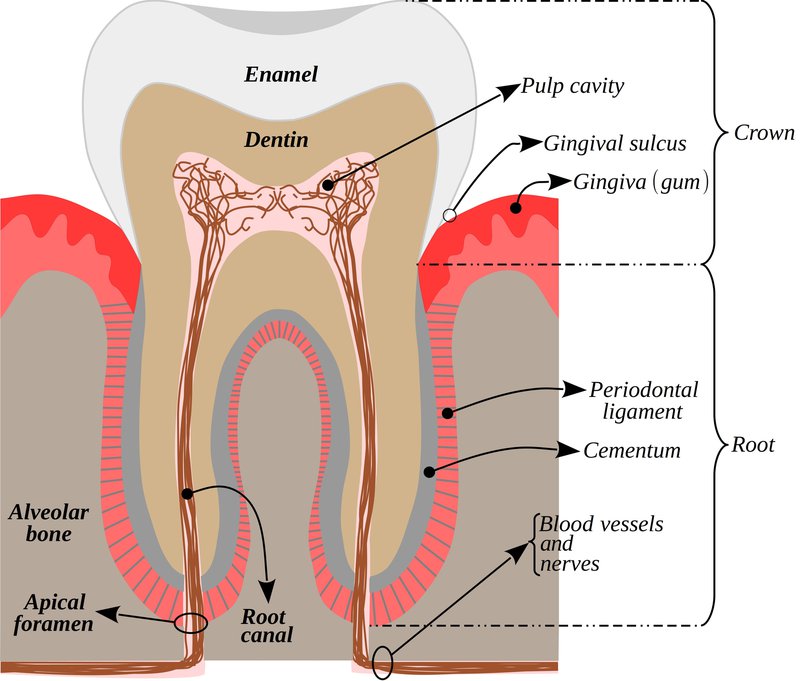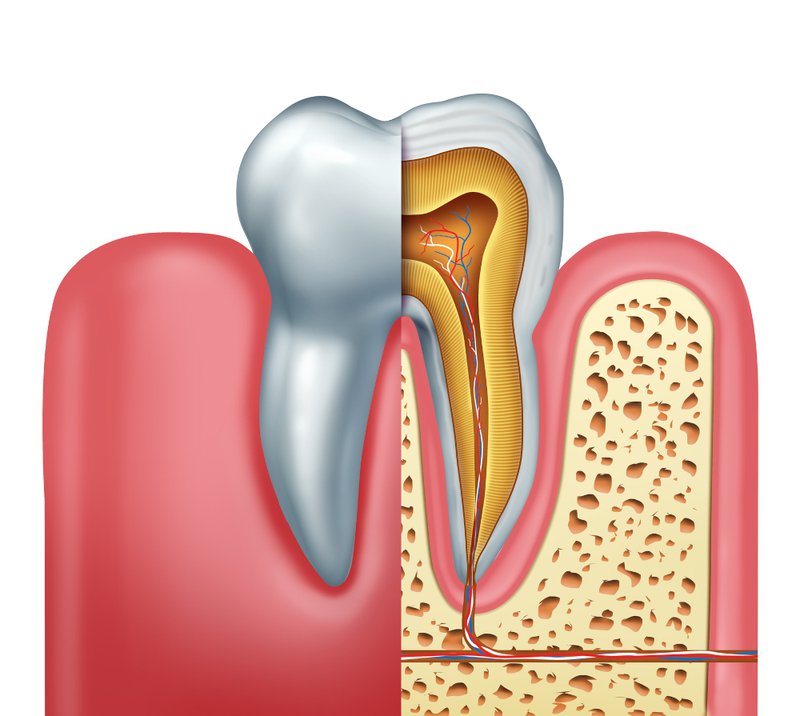
Understanding Root Canal Treatment: What to Expect
Key Takeaways:
- Root canal treatment saves decayed or infected teeth by removing damaged pulp and sealing the tooth to prevent further infection.
- Common symptoms include intense tooth pain, lingering sensitivity to hot or cold, gum swelling, tooth discolouration, and recurring gum pimples.
- The procedure is not painful — local anesthesia ensures comfort throughout the treatment.
- Treatment steps include diagnosis, numbing, cleaning out the infection, sealing the canal, and placing a permanent crown.
- Recovery is typically quick, with mild discomfort that can be managed with over-the-counter pain relievers.
- Delaying treatment can lead to complications, including tooth loss or the spread of infection.
- Mapleridge Dentistry offers compassionate, expert care, using advanced imaging and personalized treatment plans for optimal outcomes.
What is a Root Canal?
What exactly is a root canal? A root canal, or root canal treatment, is a dental procedure designed to rescue a tooth that is now decayed. When infection reaches inside your tooth — the pulp — a root canal treatment becomes necessary.
Think of your tooth as a tiny apartment. There is an outer layer — the brick wall, the middle layer — the insulation, and the innermost part — the pulp — is where the important stuff lives (the nerves, blood vessels, and other tissues). When infection attacks this inner layer, your dentist would recommend a root canal treatment.

Symptoms Indicating the Need for a Root Canal
Your teeth send you signs when something's wrong. If you're experiencing any of these root canal symptoms, it is time to consult your dentist:
- Severe tooth pain, especially when chewing or applying pressure
- Prolonged sensitivity to hot or cold temperatures
- Discoloration of the tooth
- Swelling and tenderness in nearby gums
- A persistent or recurring pimple on the gums
These are all red flags and symptoms of needing a root canal, ignoring which is like ignoring your car's check engine light - it's only going to lead to bigger problems down the road.
"Ignoring the signs of a dental infection can lead to more serious issues. Timely root canal treatment protects both your health and your smile."
— Dr. Amir Guorgui, BSc, DMD, MACSD
The Root Canal Procedure: Step-by-Step
Here’s what you can expect in a root canal or tooth canal procedure.
- Pre-Treatment Prep: Your dentist will use digital imaging to get a good look at what's going on inside the tooth. Antibiotics may be prescribed to treat the infection.
- Anesthesia: If you think root canal tooth hurts, don't worry — sedation will be used to numb the area before the procedure. You will not feel any pain during the procedure.
- Isolation: Your tooth gets a tiny cover (a rubber dam) to keep it dry during the procedure.
- Access: Your dentist will create a small opening in the tooth crown to reach the inner or pulp chamber.
- Cleaning: The infected or damaged pulp is removed, and the inside of the tooth is cleaned and shaped.
- Filling: The cleaned-out space is filled with a biocompatible material.
- Sealing: The opening is sealed with a temporary filling.
- Crown: In most cases, a permanent crown will be installed to protect the tooth in a separate visit.
If you're wondering, "How long does a root canal take?", it depends on the complexity of the case. But most tooth canal procedures take between 30 to 90 minutes. How long does a root canal procedure take in total? Usually, you'll need two appointments.
"A root canal is not something to fear — it’s a proven, effective way to save your natural tooth and relieve pain caused by deep infection."
After the Procedure: Recovery and Care
After the root canal procedure, you might experience mild discomfort and sensitivity for a few days. This is normal and your dentist can recommend over-the-counter pain relievers. If needed, your dentist might prescribe something stronger.
The root canal side effects are minimal. Any swelling or sensitivity will subside quickly. You may be asked to avoid chewing on that side until you get your permanent crown.

Why Choose MapleRidge Dentistry for Your Root Canal Treatment?
At MapleRidge Dentistry, we know that the thought of a root canal can be overwhelming, but it doesn’t have to be. Our experienced team uses the latest techniques and gentle approaches to ensure your treatment is as comfortable and stress-free as possible. From diagnosis to recovery, we're here to preserve your natural tooth and restore your oral health with care you can trust.
With advanced diagnostic tools, precise treatment planning, and a compassionate chairside manner, we make your comfort our priority every step of the way. Whether you’re dealing with tooth pain, swelling, or signs of infection, timely root canal therapy can make all the difference.
Don’t wait for the pain to get worse. Take control of your oral health today by booking your consultation at MapleRidge Dentistry. Call us at 905-832-9008 — we're here to help you smile with confidence again.

